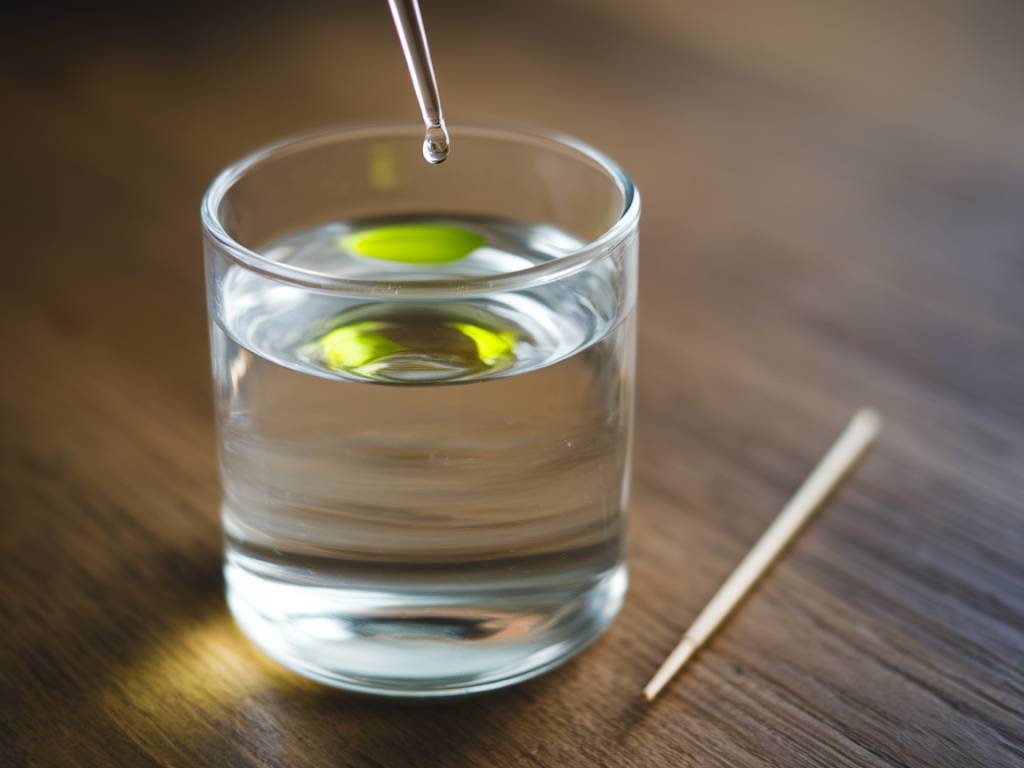
What Are PFAS and Why Should You Be Concerned?
Imagine sipping a glass of water on a quiet evening. Refreshing, right? But now imagine that your seemingly pure water contains invisible toxic chemicals that build up in your body over time. This isn’t fiction; it’s a growing reality for many households due to PFAS.
Per- and polyfluoroalkyl substances (PFAS) are synthetic chemicals used in a staggering number of products—from non-stick pans to waterproof clothing. Often referred to as « forever chemicals, » they don’t break down in the environment, which means they can sneak their way into our water supplies. And once they’re there, they don’t just vanish.
You might not taste them, see them, or smell them, but PFAS are potentially harmful. They’ve been linked to health issues like weakened immunity, hormonal disruptions, and even certain cancers. So, yes, this is something worth your attention if you care about your home and your health.
How Do PFAS End Up in Your Water?
PFAS contamination may feel like a far-off issue connected to industrial factories, but unfortunately, it’s closer to home than you might think. These chemicals can enter water sources through industrial waste, firefighting foams, and even household products washing down the drain.
Once PFAS are in the water supply, they can infiltrate municipal systems or private wells. While some water treatment facilities are taking steps to remove PFAS, it’s not always guaranteed—meaning, yes, your kitchen tap could be quietly pouring these chemicals into your glass.
Spotting the Hidden Danger: Can You Tell If Your Water Has PFAS?
Here’s the tricky part: PFAS are invisible. You can’t rely on your senses to detect them. Even if your water tastes clean, it doesn’t mean it’s free from contamination. The only sure way to determine the presence of PFAS is through water testing.
If you’re on a public water supply, keep an eye out for water quality reports from your local utility provider. These reports may disclose whether PFAS have been tested and, if so, whether they were detected. For private well owners, investing in an independent water test is highly recommended.
Steps to Reduce PFAS Exposure in Your Home
The good news is that you can take practical steps to protect your household from PFAS exposure. Here are some actionable strategies to consider:
- Install a Comprehensive Water Filtration System: Not all filters are created equal. Look for systems equipped with activated carbon or reverse osmosis technologies, as these are proven to reduce PFAS effectively.
- Stay Informed: Check your area’s PFAS contamination reports. Websites like the Environmental Working Group (EWG) provide helpful resources for identifying local risks.
- Limit PFAS Sources: Avoid using non-stick cookware or stain-resistant treatments in your home. It’s not just about what you drink but also what other household items could be leaching PFAS into your life.
Using Nature-Inspired Solutions
Nature, as it often does, offers its own set of solutions to our modern challenges. For example, some research has shown that natural materials like biochars (a form of charcoal) can absorb PFAS in certain conditions. While this may not yet be a household-friendly solution, it’s an exciting field of exploration—and a reminder that sometimes, simpler materials can help combat complex problems.
In the meantime, sustainable choices in your home—such as using untreated wood finishes or natural fibers—may reduce your overall exposure to harmful chemicals, including PFAS.
What About Bottled Water? Is It a Safer Option?
Reaching for bottled water might seem like a quick fix, but here’s the kicker: bottled water is not necessarily PFAS-free. Some studies have discovered detectable levels of PFAS in popular bottled water brands. Moreover, relying heavily on single-use plastics introduces another layer of environmental and financial concerns.
If you do choose bottled water, research your brands and look for those that publish transparency on their filtration processes. But honestly, investing in a high-quality home filtration system grants you both peace of mind and a significantly lower ecological footprint.
The Role of Food in PFAS Exposure
Surprised to see food listed here? Well, think about this: water isn’t the only vector for PFAS exposure. These chemicals can also be present in food packaging—think grease-resistant wrappers, microwave popcorn bags, or takeout containers.
What can you do? Opt for fresh, unpackaged foods when possible, and avoid heating packaged foods directly in their wrappers. Small changes to your grocery and meal-prep habits can collectively reduce your household’s exposure to toxic chemicals.
Creating a Safer Home Environment
At the end of the day, creating a safe, PFAS-conscious home doesn’t require radical lifestyle changes. It’s about layering small, thoughtful choices over time: filtering your water, being selective with household products, and keeping an eye on local environmental reports.
The residence you build—or improve—over time should be a haven, a space you can feel good about for your health, your family, and ultimately, the planet. And remember, every effort counts. By making informed decisions now, you’re helping protect the home of tomorrow.


